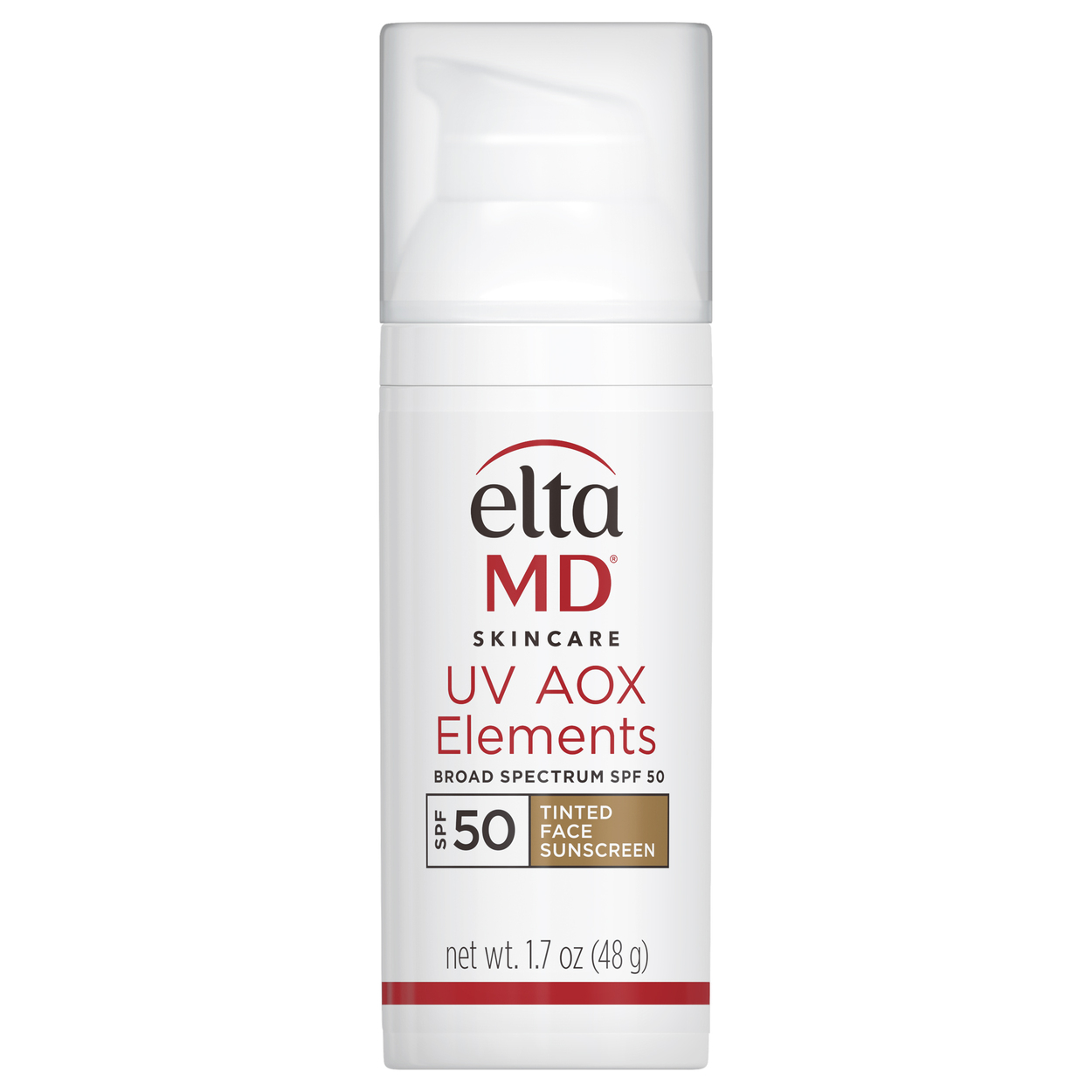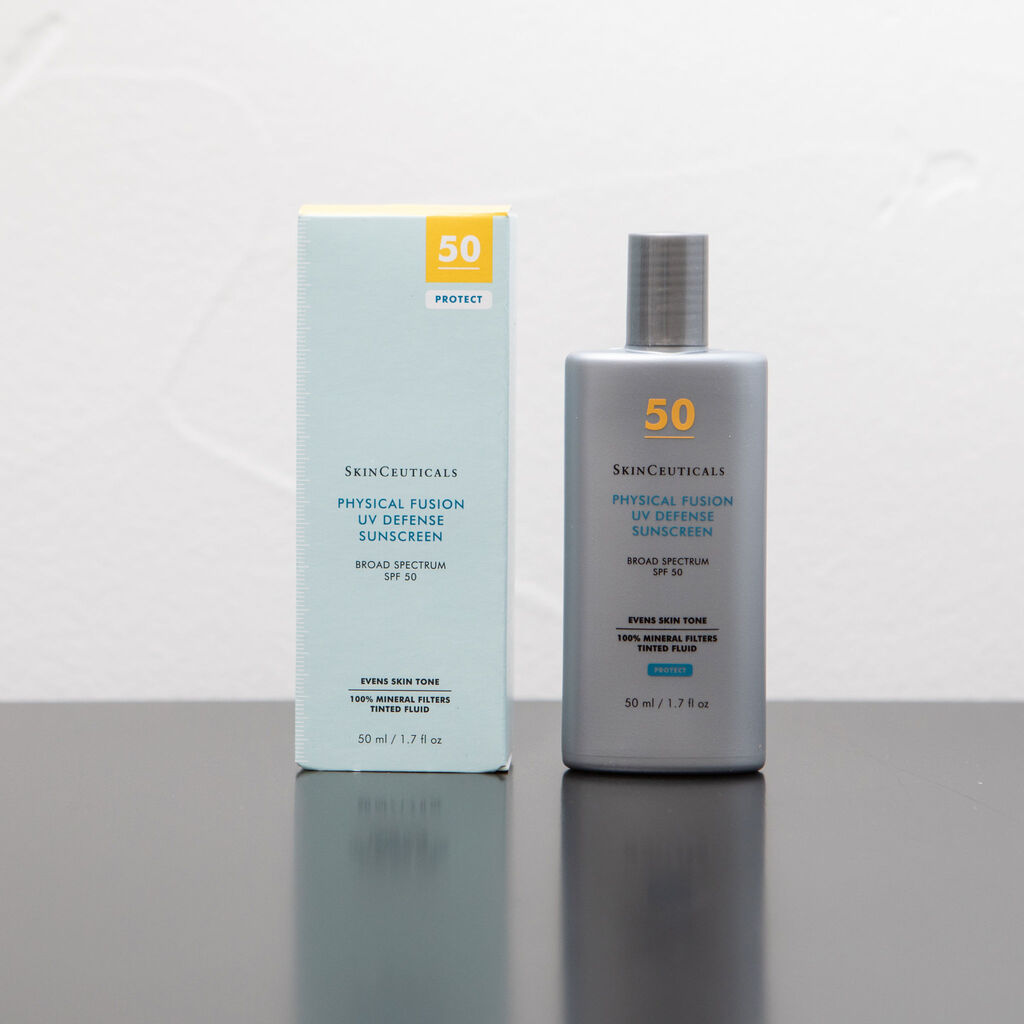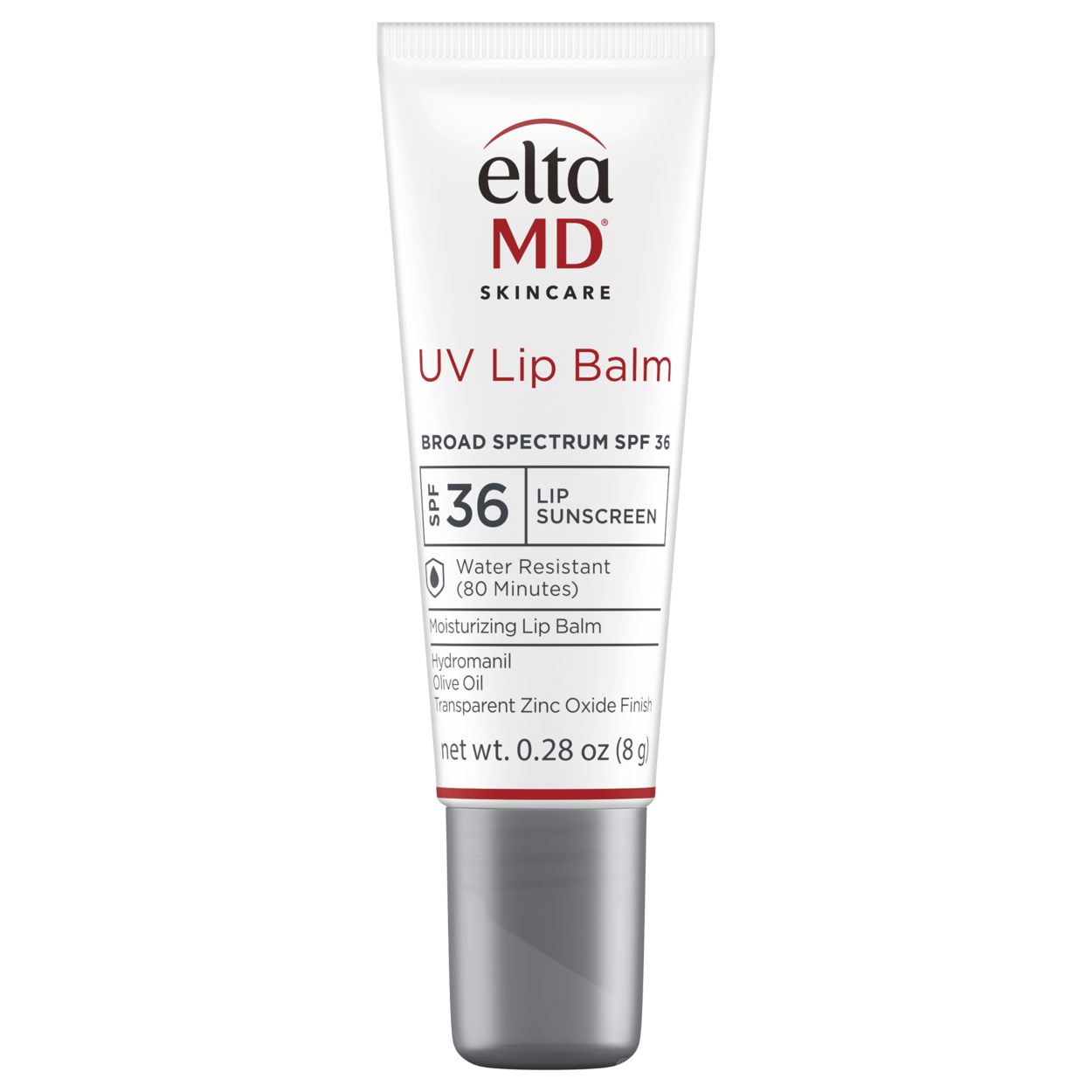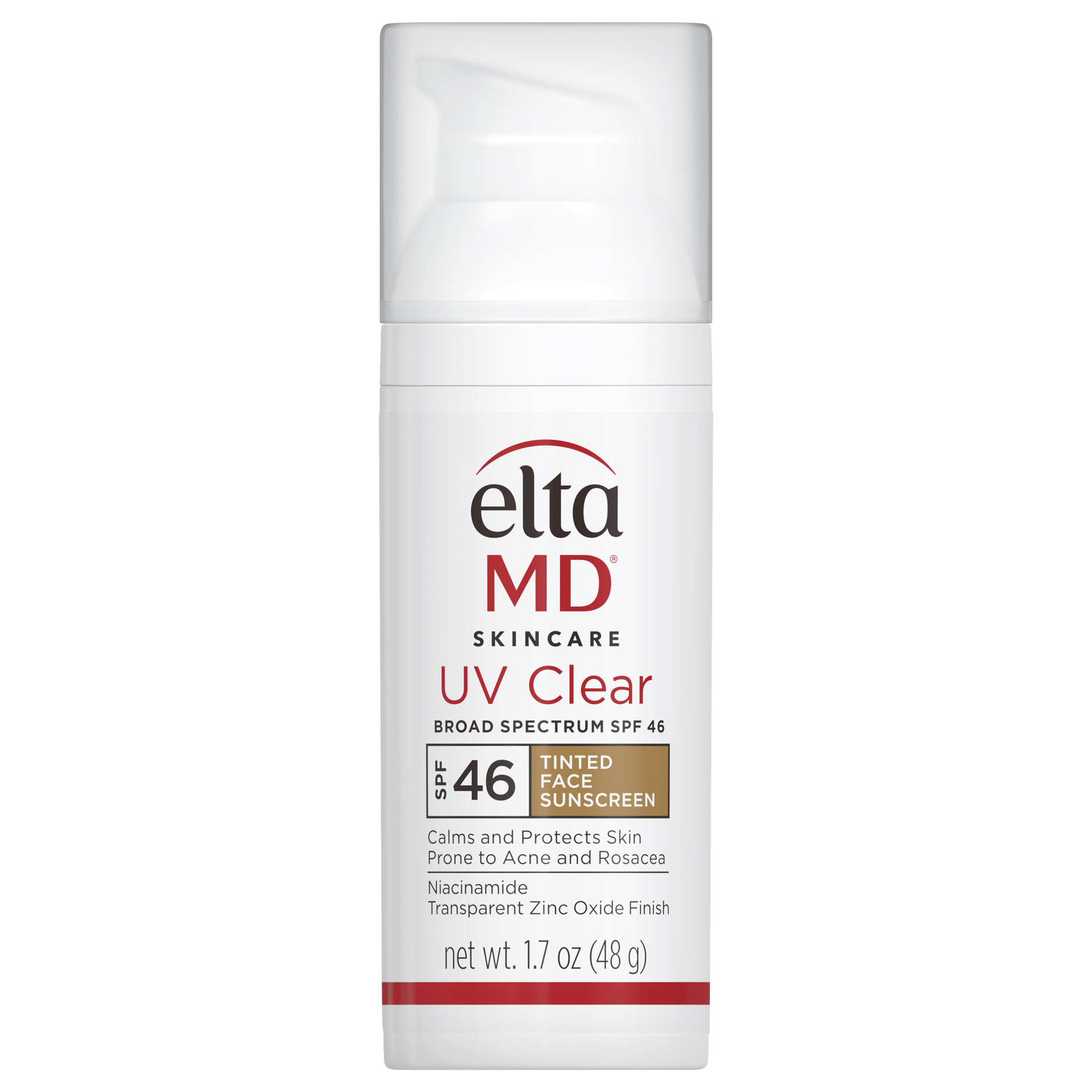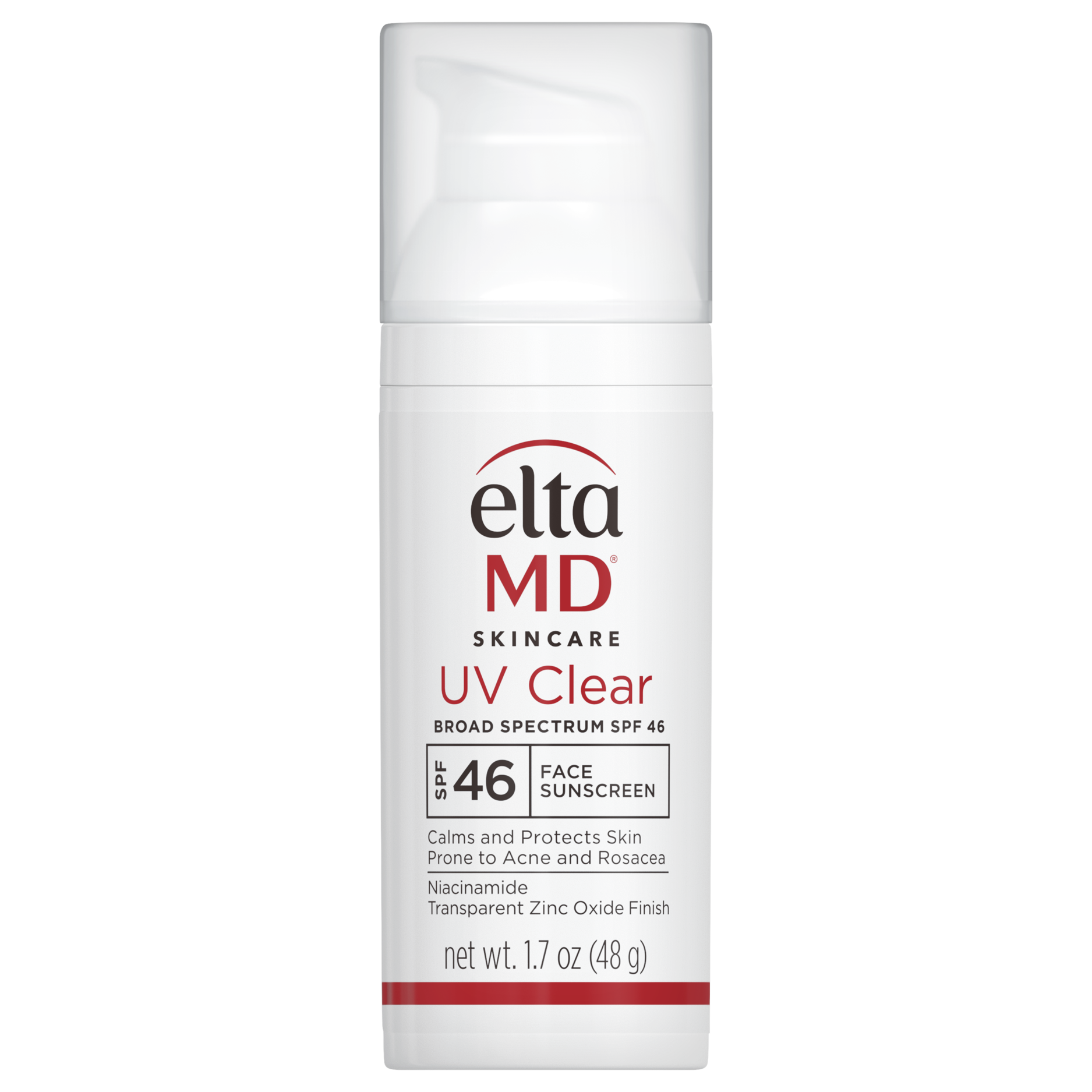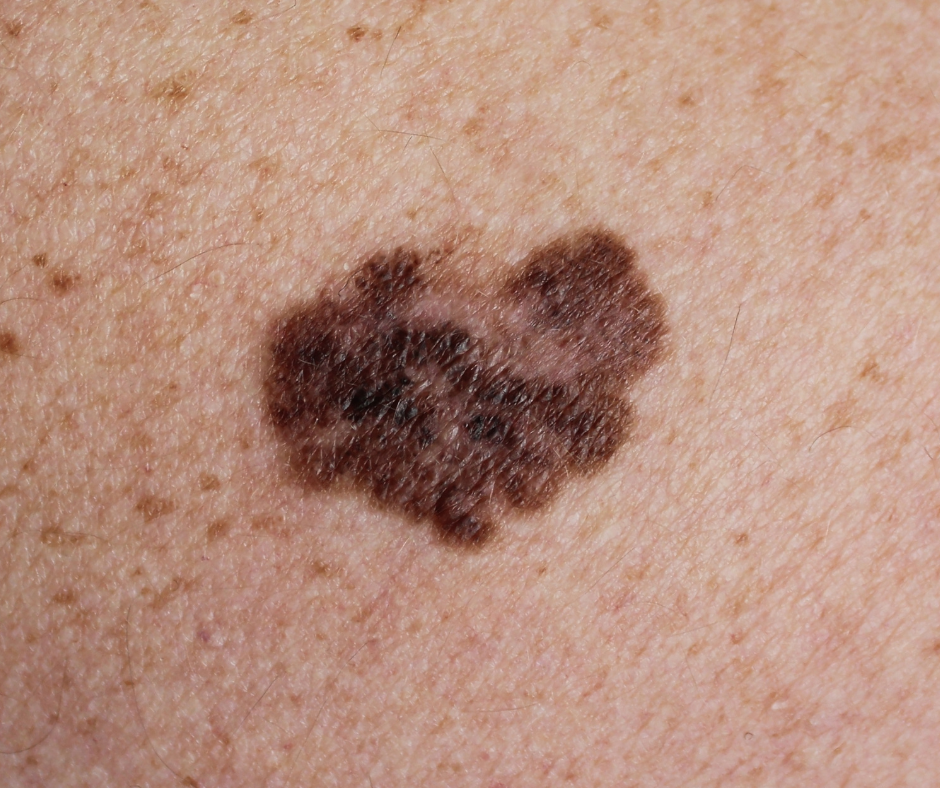
MELANOMA
Melanoma is a type of skin cancer that develops from the melanocytes, which are the cells that produce melanin, the pigment that gives skin its color. It is the most serious form of skin cancer because it has a higher tendency to spread to other parts of the body (metastasize) if not detected early. Unlike other skin cancers, melanoma can also arise on areas of the skin not ordinarily exposed to sunlight.
Melanoma can appear on the skin suddenly without warning but it can also develop from an existing mole. The characteristics of melanoma include changes in size, shape, color, or texture of a mole or other skin lesion, or the development of a new growth on the skin. The ABCDEs of melanoma (Asymmetry, Border irregularity, Color variation, Diameter greater than 6mm, and Evolving in appearance) are key signs to watch for.
Risk factors for melanoma include having fair skin, a history of sunburn, excessive UV light exposure (from the sun or tanning beds), living closer to the equator or at a higher elevation, having many moles or abnormal moles, a family history of melanoma, and being older.
The treatment and prognosis of melanoma depend on the stage of the disease at diagnosis, with early-stage melanomas often being curable with surgical removal. Advanced melanoma may require treatments such as immunotherapy, targeted therapy, chemotherapy, and radiation therapy. Due to its aggressive nature, early detection and prevention, including the use of sunscreen and protective clothing and avoiding tanning beds, are critical in reducing the risk of melanoma.
How serious is Melanoma?
Melanoma is the fifth most common cancer in both men and women. When diagnosed and treated early, it is often curable. However, once melanoma spreads deeper into the skin or other areas of the body, treatment becomes more challenging, and the outcome can be fatal. Although melanoma only accounts for about 1% of all skin cancers diagnosed in the United States, it is responsible for the vast majority of skin cancer deaths.
The ABCDEs Of Melanoma
The ABCDEs of Melanoma are a set of guidelines developed to help people identify signs of melanoma, which is the most serious type of skin cancer. These guidelines are used to examine skin lesions and distinguish normal moles from those that may be cancerous. Here's what each letter stands for:
01
Normal moles or freckles are completely symmetrical, meaning if you were to draw a line through the middle, both halves would match. If a mole is asymmetrical, where one half does not match the other, it could be a sign of melanoma.
02
The borders of an early melanoma tend to be uneven. The edges may be scalloped or notched, unlike a normal mole's smooth and even border.
03
Having a variety of colors is another warning signal. A benign mole is usually a single shade of brown. A mole that has different shades of brown, black, blue, white, or red is potentially dangerous.
04
Melanomas usually are larger in diameter than the eraser on the tip of a pencil (¼ inch or 6 mm), but they may sometimes be smaller when first detected.
05
Any change in size, shape, color, elevation, or another trait, or any new symptom such as bleeding, itching, or crusting, points to danger.
These guidelines are useful for regular self-examinations to detect potentially malignant moles early on. However, they are not definitive diagnostic tools. If you notice a mole that fits any of these criteria, it's important to see a dermatologist for a professional evaluation. Early detection and treatment of melanoma can significantly improve outcomes.
Recommended Products
EltaMD UV AOX Eye
$50.00
EltaMD UV AOX Elements
$45.00
Powder-Me SPF
Recommended Products
EltaMD UV Sheer SPF
$42.00
EltaMD UV Lip Balm
$17.00
EltaMD UV Luminous
$41.00
EltaMD UV Sport 3oz
3oz
$31.00
EltaMD UV Clear Tinted
$45.00
EltaMD UV Clear
$43.00


